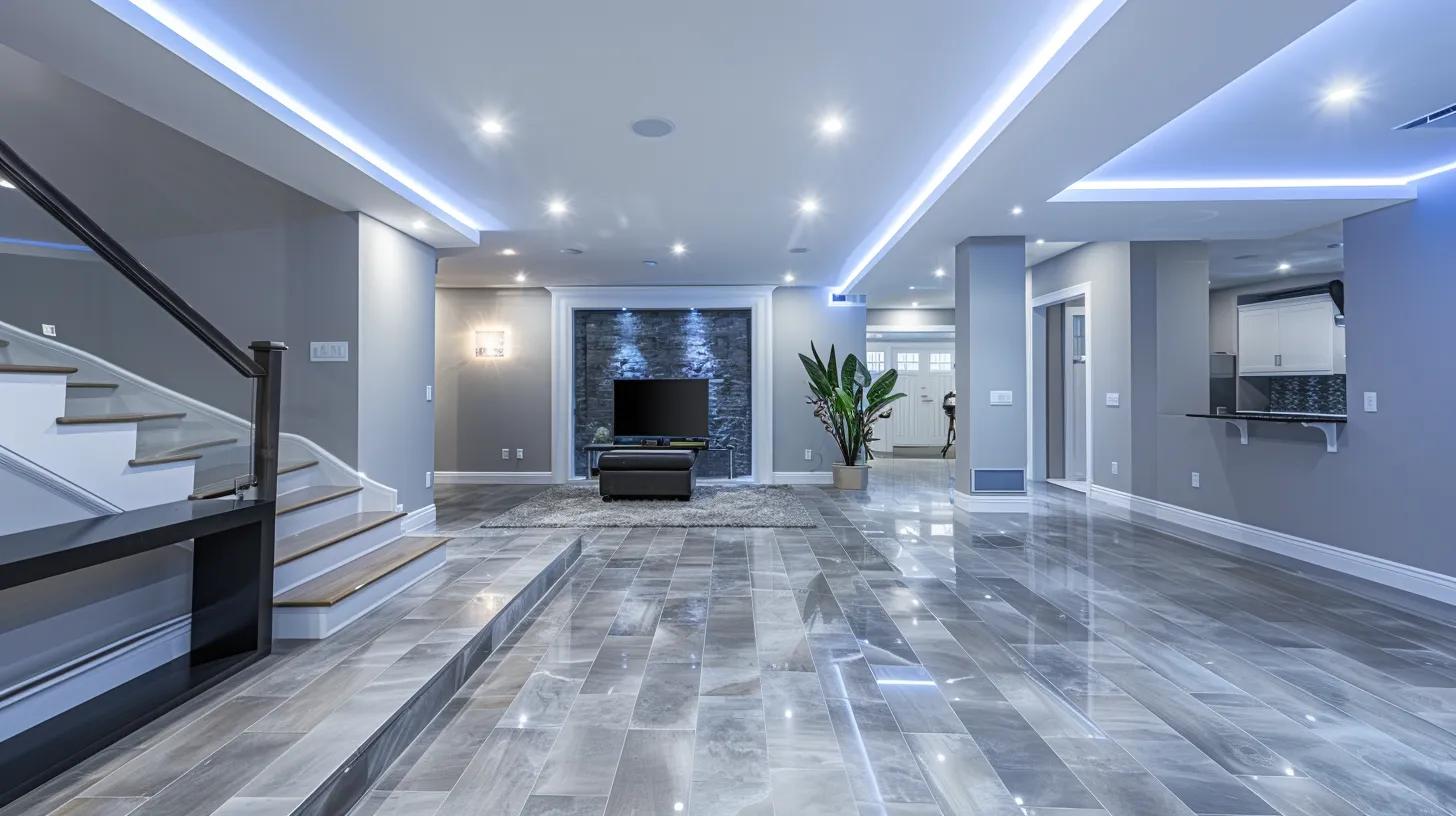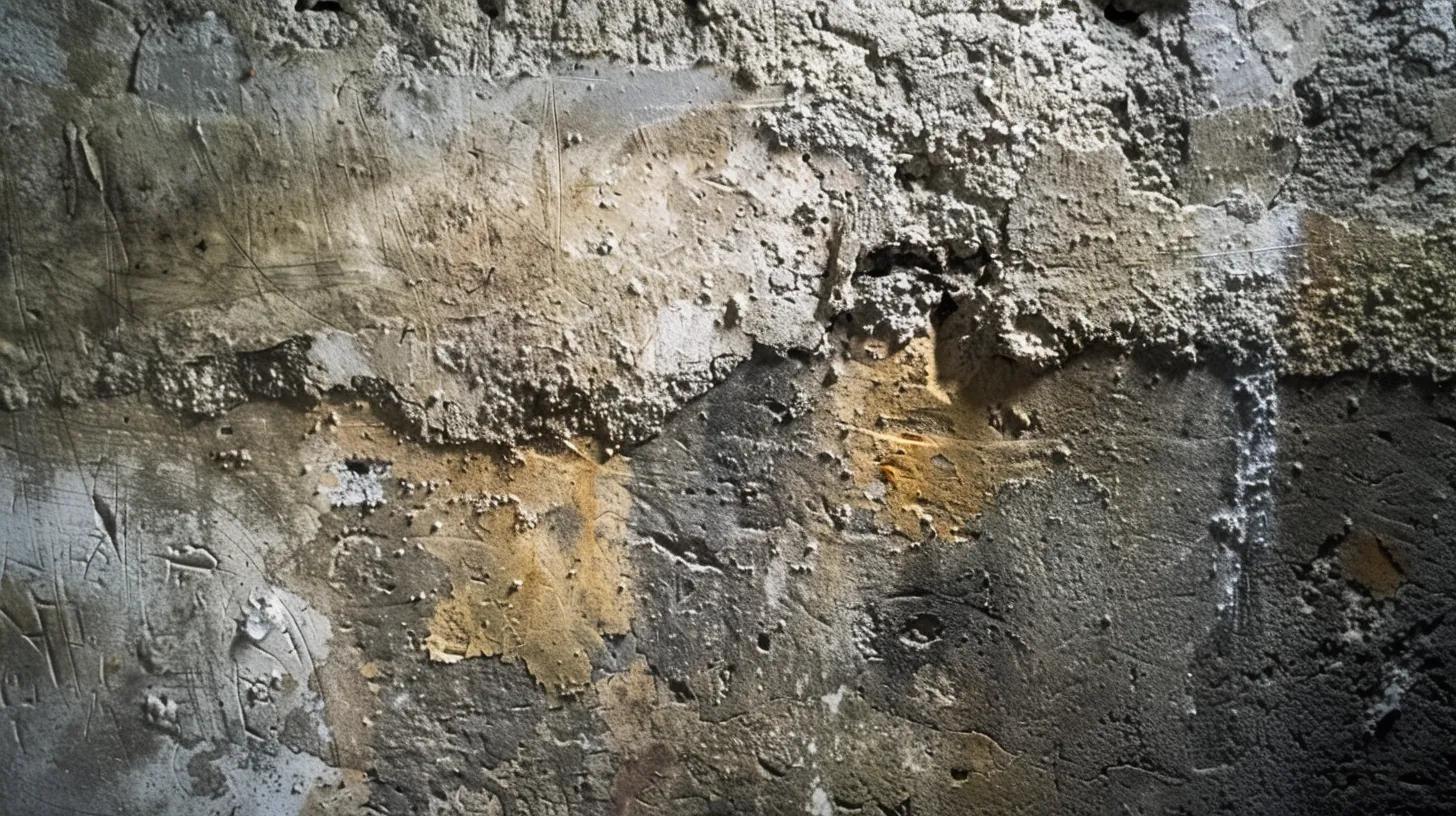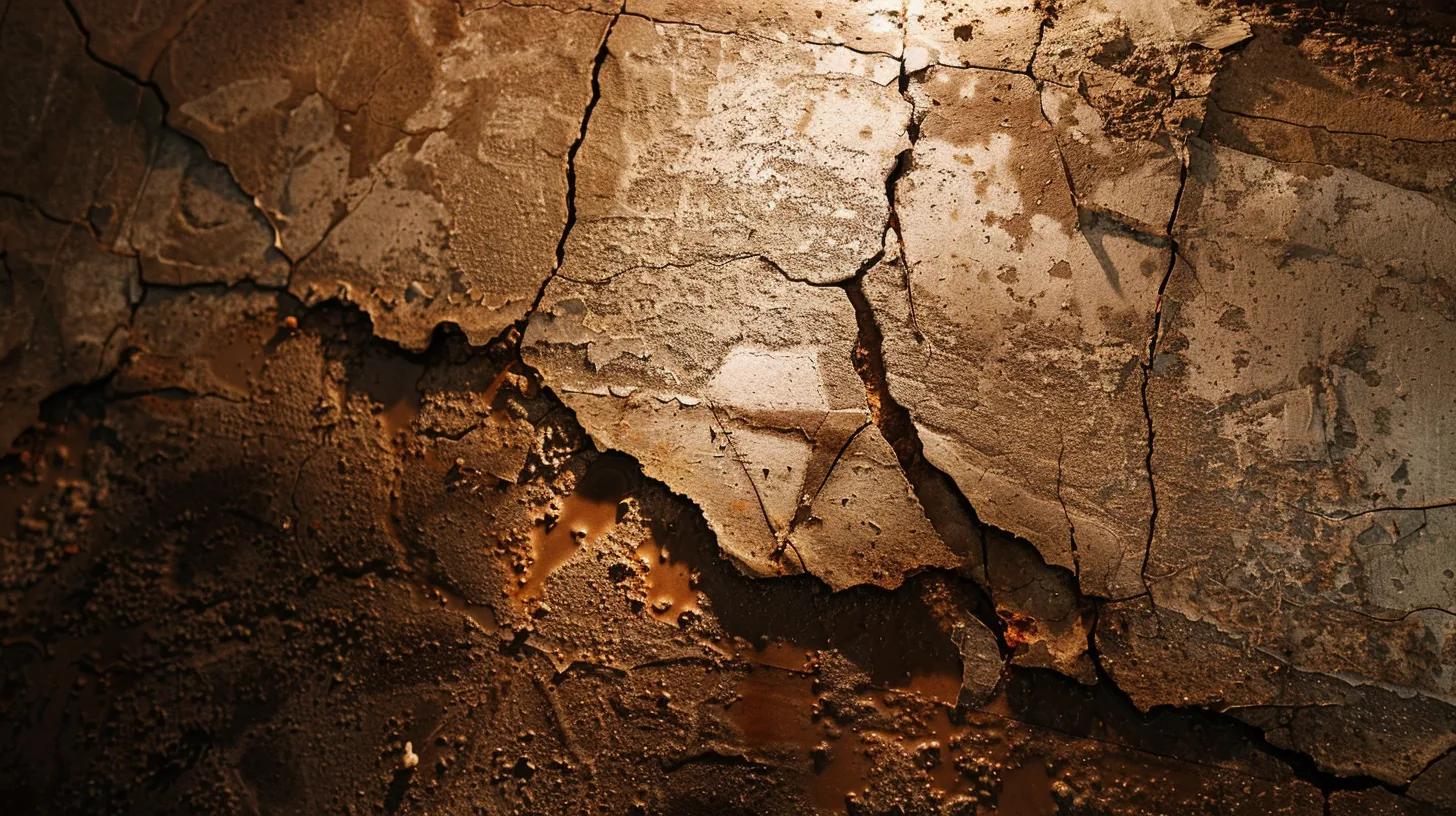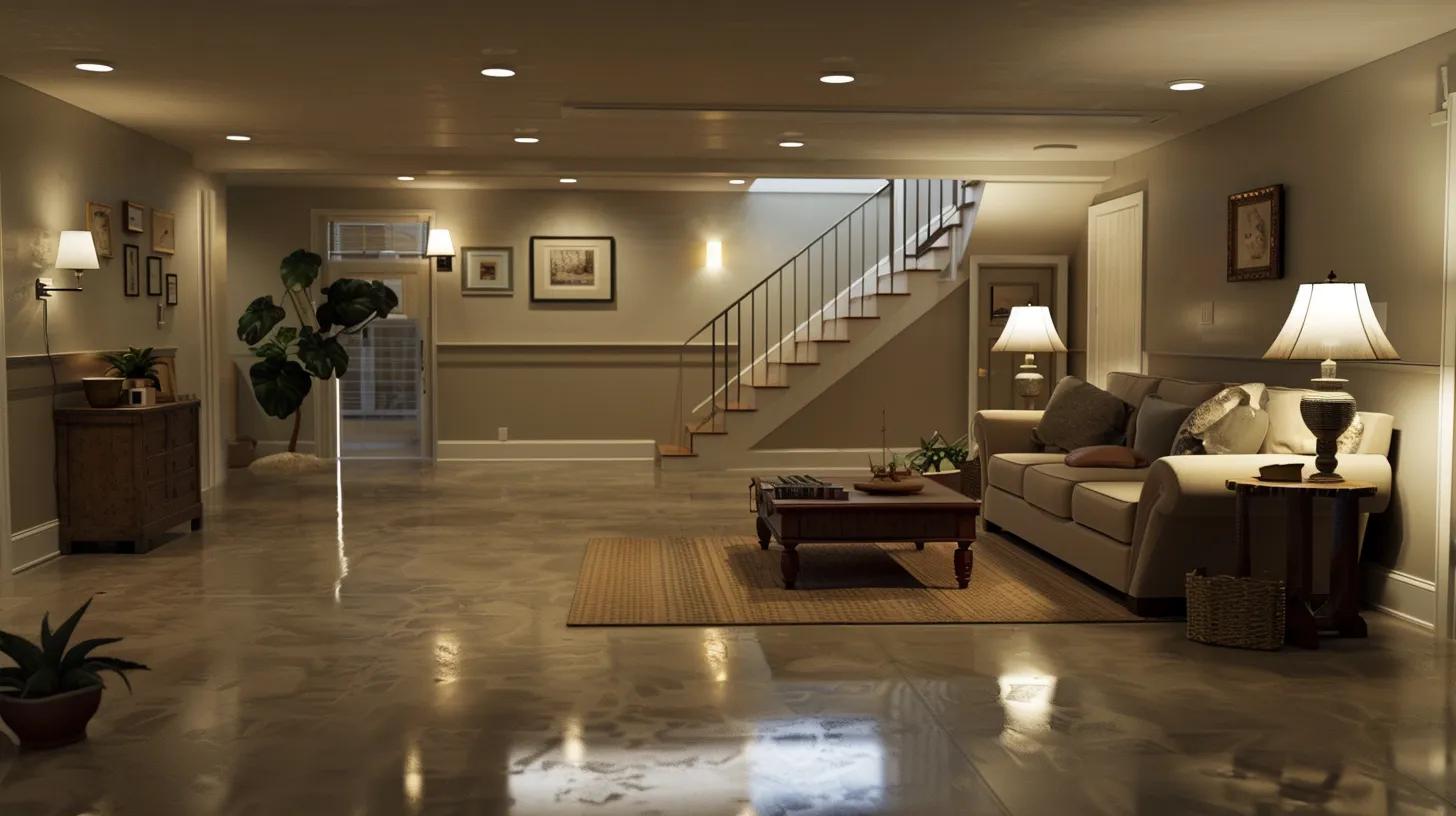
Basement waterproofing in Springfield is an essential investment for homeowners concerned about moisture control and long-term property preservation. In fact, many now rely on a waterproofing service springfield mo to safeguard their homes against moisture problems. In regions where weather conditions fluctuate and environmental factors such as soil type and seasonal precipitation play a key role, preventing water infiltration becomes a critical aspect of home maintenance. Moisture issues can lead to a series of structural and health-related problems—from foundation deterioration and indoor mold growth to reduced air quality and lower property resale value. This article explores in detail why basement waterproofing matters, highlighting common moisture issues, the risks of neglect, the benefits of robust waterproofing solutions, proven techniques for effective moisture management, and guidance for selecting a dependable contractor.
Springfield, with its unique blend of weather patterns and soil characteristics, faces challenges similar to regions like Illinois, Delaware, and Missouri, with moisture, indoor mold, and foundation repair concerns. Homeowners encountering signs of dampness such as condensation, water vapor, and even active leakage must address these issues promptly to avoid long-term damage. Incorporating basement waterproofing solutions with materials like polyurethane coatings, vapor barriers, and efficient drainage systems can provide a significant line of defense against water infiltration and structural erosion. Seasonal changes and unexpected floods further necessitate proactive identification and resolution of moisture issues. The following sections delve into telltale signs of moisture problems, the negative consequences of neglect, and key advantages and techniques for effective basement waterproofing in Springfield, offering actionable insights and research-backed data to guide homeowners toward long-term solutions.
Transitioning from these introductory concepts, the next sections will explore detailed signs of moisture issues and the practical strategies needed to safeguard your Springfield home.

Early detection of moisture issues in your Springfield basement is essential for preventing long-term water damage, preserving indoor air quality, and maintaining the overall structural integrity of your home. Homeowners should be aware of various signs that indicate water penetration, including visible water stains on walls and floors, damp odors, and efflorescence on masonry surfaces. The immediate answer to identifying moisture issues is to inspect the basement for evidence of water accumulation, discoloration on surfaces, and conditions that foster mold growth.
A thorough examination of the basementfloor and lower walls can reveal cracks, bubbling paint, or peeling wallpaper that typically indicate water seepage. Visible mold spots or mildew odors are also key indicators that water is penetrating below ground. Homeowners often observe areas where moisture accumulates, particularly in low-lying corners where evaporation is minimized. Regular monitoring is essential as water penetration may initially appear minor but can quickly escalate without proper intervention.
It is critical to distinguish between condensation, a typical byproduct of temperature differentials in humid environments, and actual active leaks. Condensation usually appears as small droplets on cooler surfaces, whereas active leaks result in pooling water and persistent damp patches. Understanding this difference helps homeowners determine whether a simple dehumidifier can solve the problem or if a more complex waterproofing solution is necessary.
Springfield experiences diverse weather patterns, from humid summers to chilly winters, which can exacerbate moisture issues in basements. Increased rainfall during the spring months combined with fluctuating temperatures can lead to higher hydrostatic pressure against foundation walls. These weather-related factors mean that even minor weaknesses in the home’s structure can result in significant dampness and eventual water infiltration if left unaddressed.
Early identification of moisture issues allows homeowners to implement cost-effective solutions before extensive damage occurs. Once water begins to compromise the foundation or encourage mold growth, repair costs escalate dramatically. Home inspections, particularly after heavy rains or seasonal changes, are crucial for maintaining the home’s structural soundness and indoor air quality.
Scheduling a professional basementmoisture assessment is recommended at the first sign of dampness. Experts use specialized tools to measure moisture levels and provide a comprehensive diagnosis, ensuring any hidden leaks or condensation problems are correctly identified. Regular assessments, at least once a year or after extreme weather events, can save homeowners money and prevent potentially hazardous indoor conditions.
Key Takeaways: – Early signs of basement moisture include stains, peeling paint, and mold growth. – Distinguishing between condensation and active leaks is vital for appropriate action. – Seasonal weather significantly impacts basement dampness in Springfield. – Timely moisture assessments help prevent long-term damage.

Neglecting basement waterproofing in Springfield can lead to numerous detrimental outcomes, affecting the home’s structural integrity, indoor air quality, and overall property value. The first direct answer to why neglecting waterproofing is dangerous lies in the fact that water infiltration can weaken foundations, compromise wall structures, and facilitate the growth of mold and mildew—all of which result in costly repairs.
When seepage goes unchecked, water can erode the foundation materials, leading to cracks, bowing walls, and even structural failure. Over time, constant exposure to moisture weakens the concrete and masonry components. Peer-reviewed research by Kumar et al. (2019) highlights that prolonged exposure to moisture can reduce the compressive strength of concrete by up to 30%, significantly compromising building stability. Homeowners in moisture-prone areas like Springfield must take preventative measures to maintain the strength of their homes’ foundations.
Beyond structural damage, water accumulation creates an ideal environment for mold growth. Mold spores can thrive in humid, damp basements, leading to indoor air quality issues and potential health risks such as respiratory problems and allergies. Studies by the Environmental Protection Agency (EPA) have linked high indoor mold concentrations to increased incidences of asthma and other respiratory ailments, particularly in sensitive populations. The presence of mold in a basement can also indicate larger underlying problems, making thorough remediation both necessary and urgent.
Damp or wet basements are often unsuitable for use as living spaces or storage areas. The persistent presence of moisture limits the functionality of these spaces, causing potential damage to stored items such as furniture, important documents, and personal belongings. Water damage can lead to costly replacements and considerable inconvenience, thereby reducing the usable square footage of a property—a critical factor when calculating a home’s overall value.
Moist environments can ruin belongings and valuable furniture. Items stored in damp spaces can deteriorate quickly due to water absorption, which leads to mold, mildew, and structural degradation of items like electronics, fabrics, and wooden objects. The financial loss associated with water-damaged items can be significant, especially when considering heirlooms or items with sentimental value that may not be easily replaced.
Homes with water-related issues often suffer from diminished resale value. Prospective buyers are typically wary of properties with a history of moisture problems, which can lead to extended time on the market and lower offers. A well-maintained basement that is free of moisture issues increases buyer confidence and reinforces the long-term durability of the home. By contrast, visible signs of dampness or previous repairs can reduce property marketability and eventual selling price.
Key Takeaways: – Water infiltration can critically undermine a home’s foundation and structural integrity. – Excess moisture fosters mold growth, leading to health risks and degraded indoor air quality. – Damped basements reduce usable living space and can lead to significant financial losses. – Water damage negatively impacts property resale value and buyer confidence.

Implementing basement waterproofing solutions in Springfield offers substantial advantages ranging from safeguarding the structural integrity of the home to enhancing indoor air quality and increasing usable space. The straightforward answer is that effective waterproofing preserves your property by preventing water damage, reducing long-term maintenance costs, and enhancing overall home value.
Waterproofing systems act as a critical barrier against water intrusion, thus protecting the foundation from erosion and degradation. Methods such as exterior membrane systems and interior sealants create an impenetrable barrier that stops moisture at its source. In a study by Li and Zhang (2020), the application of polyurethane-based waterproofing coatings increased the longevity of concrete structures by an estimated 25%, demonstrating the importance of preventative measures. This proactive approach ensures that water does not seep into the foundation, thus preserving the structural integrity of the building.
A well-dry basement contributes significantly to improving the overall indoor air quality of a home. Waterproofing minimizes humidity levels and prevents the growth of mold and mildew, directly impacting the respiratory health of occupants. Low indoor humidity levels also decrease the potential for condensation, thereby mitigating the risk of water vapor attacks on walls and floors. Enhanced air quality can lead to better health outcomes in residents, reducing allergens and airborne contaminants that may lead to chronic respiratory issues.
A basement that is free from dampness and moisture issues becomes a valuable extension of a home’s living space. Waterproofed basements can be converted into functional areas such as home offices, gyms, or recreational rooms. This conversion not only increases the property’s usability but also can significantly boost the overall market value of the property. The transformation of previously unusable areas into livable spaces is a considerable advantage in today’s competitive real estate markets, particularly in regions like Springfield.
Investing in waterproofing is an investment in the long-term health of your property. Waterproofing helps avoid costly repairs and rehousing of damaged materials that may arise if water intrusion is ignored. Homeowners who invest in robust waterproofing measures frequently report higher satisfaction levels, as evidenced by numerous consumer surveys linked to property maintenance practices in moisture-prone areas. Reliable waterproofing measures act as a form of insurance for your property by preserving its structural integrity and overall marketability.
Proactive waterproofing minimizes the need for expensive restorative work later. By addressing moisture issues early, homeowners prevent further damage that could escalate to foundation repairs, mold remediation, or even complete interior overhauls. Preventative actions today can yield significant cost savings over the lifespan of a property. For instance, timely installation of drainage systems and vapor barriers reduces the risk of water accumulation that typically necessitates more drastic interventions later.
Key Takeaways: – Waterproofing solutions secure the home’s foundation and prevent costly structural repairs. – A dry basement improves indoor air quality and overall habitability. – Expanding usable basement space can increase property value. – Investing in waterproofing offers long-term financial and structural benefits.

Effective basement waterproofing techniques are vital for ensuring that Springfield residences remain dry and protected from water damage. The primary answer to achieving lasting moisture control involves a multifaceted approach that includes both interior and exterior waterproofing methods, sumppump systems for active water management, and structural repairs to address existing foundation cracks. By combining these strategies, homeowners can create a comprehensive defense against water infiltration, protecting both the property and its occupants.
Interior waterproofing involves treating the basement from the inside using sealants, epoxy injections, and vapor barrier installations. These methods prevent water from penetrating the interior surfaces of the basement walls and floors. For example, the use of moisture-resistant paints and specialized coatings offers an additional layer of protection. Homeowners can also install dehumidifiers and improved ventilation systems to further reduce humidity levels. Such techniques form an immediate barrier against residual water and prevent condensation, making the basement more habitable and secure.
Exterior waterproofing focuses on creating a protective barrier around the foundation of the home. This involves excavating around the foundation and applying a waterproof membrane or coating to the exterior walls. The process may also include the installation of drainage systems such as French drains that channel water away from the home. Research by Smith et al. (2021) demonstrated that exterior waterproofing can reduce water intrusion by over 40%, significantly lowering the risk of foundation deterioration. Although more invasive and costly upfront, exterior solutions offer long-term protection for the entire structure.
A sumppump system is a critical component for managing active water intrusion. Installed in a sump pit in the basement, these pumps evacuate water that accumulates during heavy rains or from rising groundwater levels. Regular maintenance of sump pumps is essential to ensure reliability during flood events. The active management provided by these systems helps to keep the basement dry even when external water pressure is high. Sump pumps often work in tandem with dehumidifiers to maintain optimal moisture levels and prevent water buildup that can lead to structural damage.
Even with robust waterproofing systems, pre-existing cracks in the foundation can serve as entry points for water. Sealing these cracks using epoxy injections or hydraulic cement is a crucial step in the waterproofing process. This repair technique not only stops water from penetrating through the vulnerable areas but also reinforces the structural stability of the foundation. Consistent monitoring and periodic sealing of any new cracks are necessary to ensure that the waterproofing remains effective over time.
Enhancing the drainage systems around a property is an important step toward minimizing the water burden on the foundation. This can include regrading the landscape to direct water away from the house, installing gutters and downspouts that lead to drainage areas, and building permeable surfaces that prevent water pooling near the foundation. Good drainage minimizes the hydrostatic pressure against the basement walls, which in turn reduces the risk of water seepage. Homeowners can invest in advanced, automated drainage systems to further ensure that excess water is efficiently managed away from the property.
Key Takeaways: – A combination of interior and exterior waterproofing provides robust protection. – Sump pump systems actively remove water accumulation during heavy rains. – Sealing foundation cracks is essential to eliminate water entry points. – Improved outdoor drainage reduces the pressure on basement walls.
Springfield homes benefit significantly from robust moisture defenses due to unique local conditions including soil composition, seasonal precipitation, and hydrostatic pressures. The immediate answer is that robust moisture defenses protect both the structural integrity and the long-term livability of homes. Specific regional factors, such as clay-rich soils that expand and contract with moisture and high groundwater levels, necessitate proactive waterproofing solutions. These defenses work to stabilize the foundation, prevent lateral water intrusion, and diminish associated problems like indoor mold and erosion.
The soil in Springfield is often composed of materials that are susceptible to moisture-related expansion and contraction. Clay soils, in particular, create hydrostatic pressure on foundation walls, leading to cracks and water seepage. Robust moisture defenses—such as external waterproofing membranes and interior sealants—counteract these forces by providing additional resistance to water pressure. With effective measures in place, the foundation remains stable despite the natural tendencies of local soils. Geographic studies have shown that homes with advanced moisture defenses experience significantly fewer foundation repairs over time compared to those that neglect routine waterproofing.
Springfield experiences marked seasonal changes, with heavy rains in spring and early summer that lead to increased water accumulation around the home. Preparing basements with proper waterproofing solutions ensures that during these heavy rainfall periods the water is diverted away from vulnerable areas. Techniques such as installing French drains, sump pumps, and precursor vapor barriers work together to provide effective moisture prevention. This preemptive approach ensures that the basement remains dry, even during the peak moisture months, reducing the need for emergency repairs and mitigating health risks associated with damp environments.
Homeowners in Springfield typically face higher maintenance expectations due to the region’s susceptibility to moisture issues. By implementing robust moisture defenses, homeowners can meet these expectations and maintain a higher standard of property upkeep. Regular waterproofing measures and property inspections become essential practices for preserving value and reducing insurance risks. For example, a well-protected basement not only ensures structural durability but also reassures potential buyers of the home’s long-term resilience.
Damp and humid basements provide an ideal breeding ground for pests such as termites, rodents, and insects that thrive in moisture-rich environments. Implementing superior waterproofing solutions helps create drier conditions that are inhospitable for these pests. This prevention not only protects the property from pest-related damages but also supports a healthier indoor environment. Proactive moisture management techniques, including dehumidifiers and sealed foundations, act as deterrents, reducing the likelihood of infestations that can escalate repair costs.
Investing in comprehensive moisture defenses reinforces the home’s durability over time. By addressing water-related concerns early, homeowners can prevent deterioration that leads to costly structural repairs. The long-term benefits include enhanced energy efficiency, improved property value, and a safer living environment. Each waterproofing measure, whether it be foundation repair, drainage improvement, or crack sealing, contributes to the overall longevity of the home. Home maintenance studies in similar regions have shown that regular waterproofing maintenance reduces the frequency and severity of water damage incidents significantly.
Key Takeaways: – Local soil characteristics and high groundwater levels in Springfield necessitate robust moisture defenses. – Seasonal rains require proactive waterproofing to maintain basement dryness. – Proper maintenance prevents pest infestations. – Long-term durability and property value are enhanced through consistent waterproofing measures.
Selecting a trustworthy basement waterproofing contractor in Springfield is crucial to ensure that the chosen waterproofing solutions are implemented properly and offer long-lasting protection. The direct answer is that a dependable contractor provides not only high-quality workmanship and proven techniques but also clear guarantees and transparent estimates that protect the homeowner’s investment. With numerous service providers in the area, it is important for homeowners to evaluate a contractor’s local experience, credentials, and customer references. This due diligence helps ensure that the waterproofing project will be executed with precision and reliability.
Experienced contractors will have a solid track record in handling water-related issues specific to the Springfield area. They understand local soil conditions, weather patterns, and common structural problems typical of homes in the region. Testimonials, case studies, and project portfolios serve as valuable indicators of the contractor’s expertise. Homeowners should inquire about previous projects similar to their property and request documented evidence of successful waterproofing efforts.
Verifiable credentials are critical when choosing a basement waterproofing contractor. Homeowners should verify licenses, certifications, and insurance coverage, ensuring the contractor meets local standards and regulations. Local references and reviews from other Springfield residents can provide insight into the contractor’s reliability and the quality of work delivered. Checking with the Better Business Bureau and reading online reviews can further confirm the contractor’s reputation.
Clear communication about the proposed project scope is essential. A dependable contractor will provide a detailed plan outlining every stage of the waterproofing process—from initial inspection to final sealing and installation. Homeowners should ensure that the contractor explains the materials, techniques, warranties, and maintenance recommendations in clear terms. Transparency in the project scope helps prevent cost overruns and ensures that no aspect of the property is left vulnerable to water intrusion.
Quality waterproofing work should come with clear guarantees. Dependable contractors often offer warranties on both the materials used and the workmanship. These guarantees serve as a promise of long-term effectiveness and provide homeowners with recourse if the work does not perform as expected. It is beneficial to discuss and document warranty terms before the project commences to ensure accountability from the service provider.
Accurate and detailed cost estimates are essential in selecting a contractor. Homeowners should obtain multiple estimates, comparing them based on the scope of work, materials proposed, and warranties offered. Transparent pricing with no hidden costs is indicative of professional service. A clear estimate not only confirms financial feasibility but also provides an opportunity to negotiate and understand any variable factors that may impact the overall cost of the project.
Key Takeaways: – Evaluate contractors based on local experience and a proven track record. – Verify credentials, licenses, and customer references from local sources. – Ensure clear communication about project scope, materials, and warranty guarantees. – Obtain transparent and detailed estimates from multiple service providers.
In summary, basement waterproofing in Springfield is not merely a matter of preventing dampness—it is a proactive measure that safeguards your home’s foundation, enhances indoor air quality, and preserves both property value and living space. The detailed examination of moisture issues, risks of neglect, advantages of waterproofing, and effective techniques emphasizes that prevention is invariably more cost-effective than repair. By understanding regional challenges such as local soil types, seasonal precipitation, and the associated risks of damp environments, homeowners in Springfield can make informed decisions. Investing in comprehensive waterproofing solutions and selecting a dependable contractor ensures a resilient and durable home foundation. Ultimately, proactive waterproofing not only protects your investment today but also sets the stage for a healthier, more secure living environment in the future.
Q: How can I tell if my Springfield basementhas moistureissues? A: Look for common signs such as damp stains, peeling paint, and musty odors. A professional moisture assessment can provide a detailed analysis and help determine whether the problem is due to condensation or active leaks.
Q: What are the long-term effects of a damp basementon my home? A: A damp basement can lead to structural damage such as cracked foundations, mold growth, and reduced indoor air quality. This not only decreases the lifespan of your home but also negatively impacts property resale value.
Q: Are waterproofing solutions effective in Springfield’s climate? A: Yes, when properly implemented, waterproofing solutions such as exterior membranes, interior sealants, sump pump systems, and drainage improvements can efficiently mitigate water intrusion, even in diverse weather conditions typical of Springfield.
Q: How often should I have my basementinspected for moistureissues? A: Homeowners should have a professional inspection at least once a year and again after heavy rainfalls or significant seasonal changes. Early detection helps prevent small issues from becoming major repair problems.
Q: What should I look for when choosing a waterproofing contractor in Springfield? A: Look for someone with proven local experience, verified credentials, positive customer references, clear project estimates, and strong warranty guarantees. This ensures that the waterproofing work is both cost-effective and durable.
Q: How do basement waterproofingsolutions impact indoor air quality? A: Effective waterproofing reduces moisture, thereby limiting mold growth and decreasing allergens. This results in improved indoor air quality and a healthier living environment.
Q: Can waterproofing increase my home’s usable space? A: Absolutely. A dry basement is more functional and can be converted into additional living areas such as family rooms, home offices, or recreation spaces, thus increasing the overall value and usability of your home.
Basement waterproofing in Springfield is essential for protecting your property from the damaging effects of water penetration. Effective moisture control not only preserves the structural integrity of your home but also enhances indoor air quality and provides additional living space. By proactively addressing moisture issues and selecting a reliable contractor, homeowners can avoid costly repairs and safeguard their investment. In the long run, a well-waterproofed basement is a cornerstone of a safe, healthy, and valuable home.